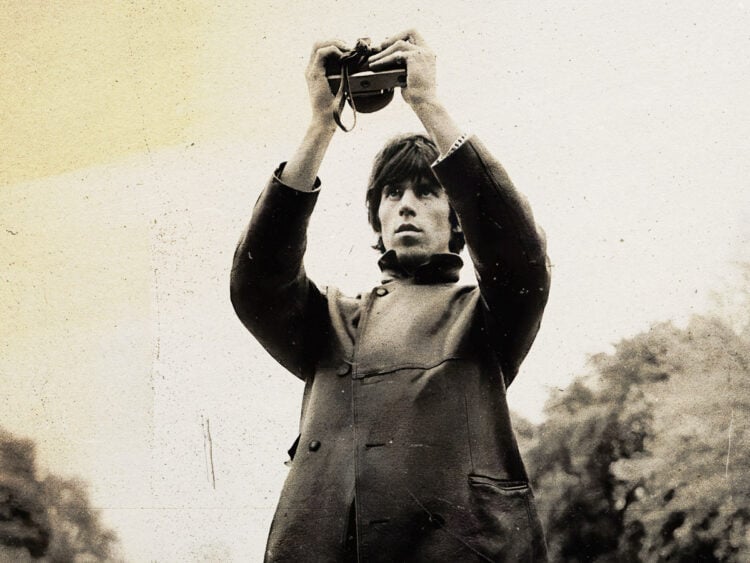He might not be the flashiest fellow in the annals of rock history, but Keith Richards is certainly one of the most considered guitarists the genre has ever seen. Nobody else can talk about strumming a simple G-chord with the same sultry appreciation as the high seas captain of The Rolling Stones. He knows that a masterpiece only needs a couple of chords, and when you drill down into such limitations, it all becomes about nuance.
“If that one [the right hand], doesn’t connect with that one [the left hand],” he told Guitar Moves, “you’re getting what? One and a half stories?” This typifies how considered he is as a musician. Rooted in the blues, Richards has always disavowed showing off as nothing but egoist drivel that doesn’t come close to matching the energy of rock ‘n’ roll done right. This is also why he revered his bandmates Charlie Watts and Bill Wyman so much. They may have been a simple rhythm section, but for Richards, the power was all in the “mix”.
However, no bandmate ever stood out quite as proudly to Richards as Mick Taylor. The young starlet joined the Stones in 1969 at the tender age of 20, but his supreme style quickly had Richards agog. “I was in awe sometimes listening to Mick Taylor,” Richards explained in his 2010 memoir, Life. “Everything was there in his playing — the melodic touch, a beautiful sustain and a way of reading a song.” This was, Richards says, everything he looked for in a guitarist.
In these jamming sessions, where Taylor lent a hand to songwriting duties following the departure of Brian Jones, Richards sussed Taylor’s strength thanks to his capacity on the acoustic. The swaggering strummer argues that this is essential. “I would say that the acoustic guitar is the most important thing for a guitar player to start with, learn the feel and the touch of that string and what it does against the fret; learn that and then you can add the effects later on,” he has explained.
Taylor himself puts his sense of touch down to the intuitive way he learnt the instrument. ”I suppose because I have a good ear, I could pick out harmonies and learn by ear. I still think that you have to have an ear for music to really be able to feel and understand what you’re playing. You can learn by watching and listening to other people,” Taylor says. That’s far easier when you’re sitting a few yards from Richards for endless sessions.
And of the ”everything” that Taylor had in his arsenal, one of them was teamwork, too. This made him a vital cog after the absence of Jones. “Brian demanded, you have to understand,“ Richards told Rolling Stone in 2010 regarding his late mate’s exodus. “And in a band like this, you also have to be supportive and giving. Having to deal with his jealousy, with Mick and me writing the songs, when you’re working 300-odd days a year — it becomes intolerable, and you can get really nasty about it.“




